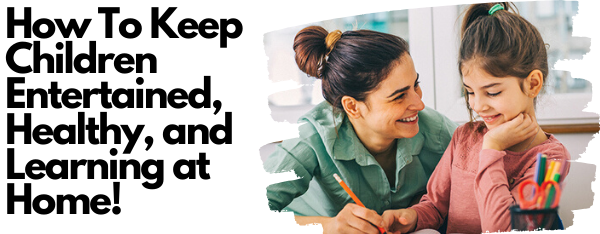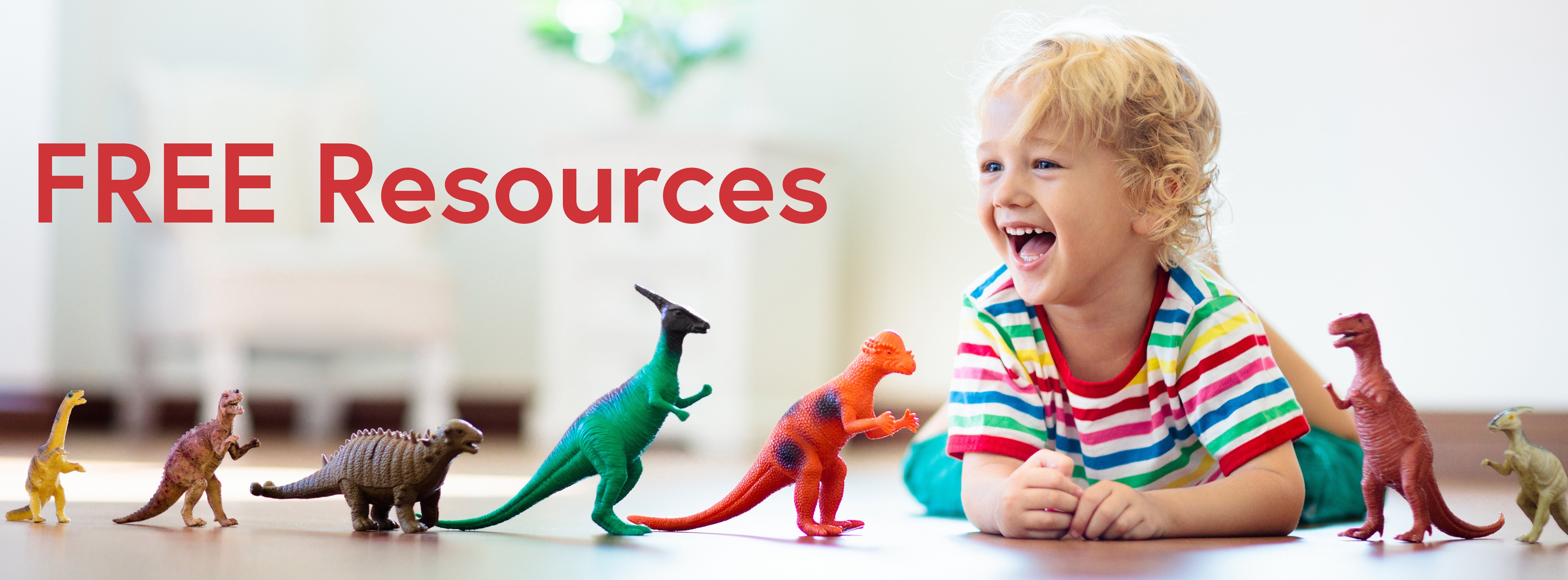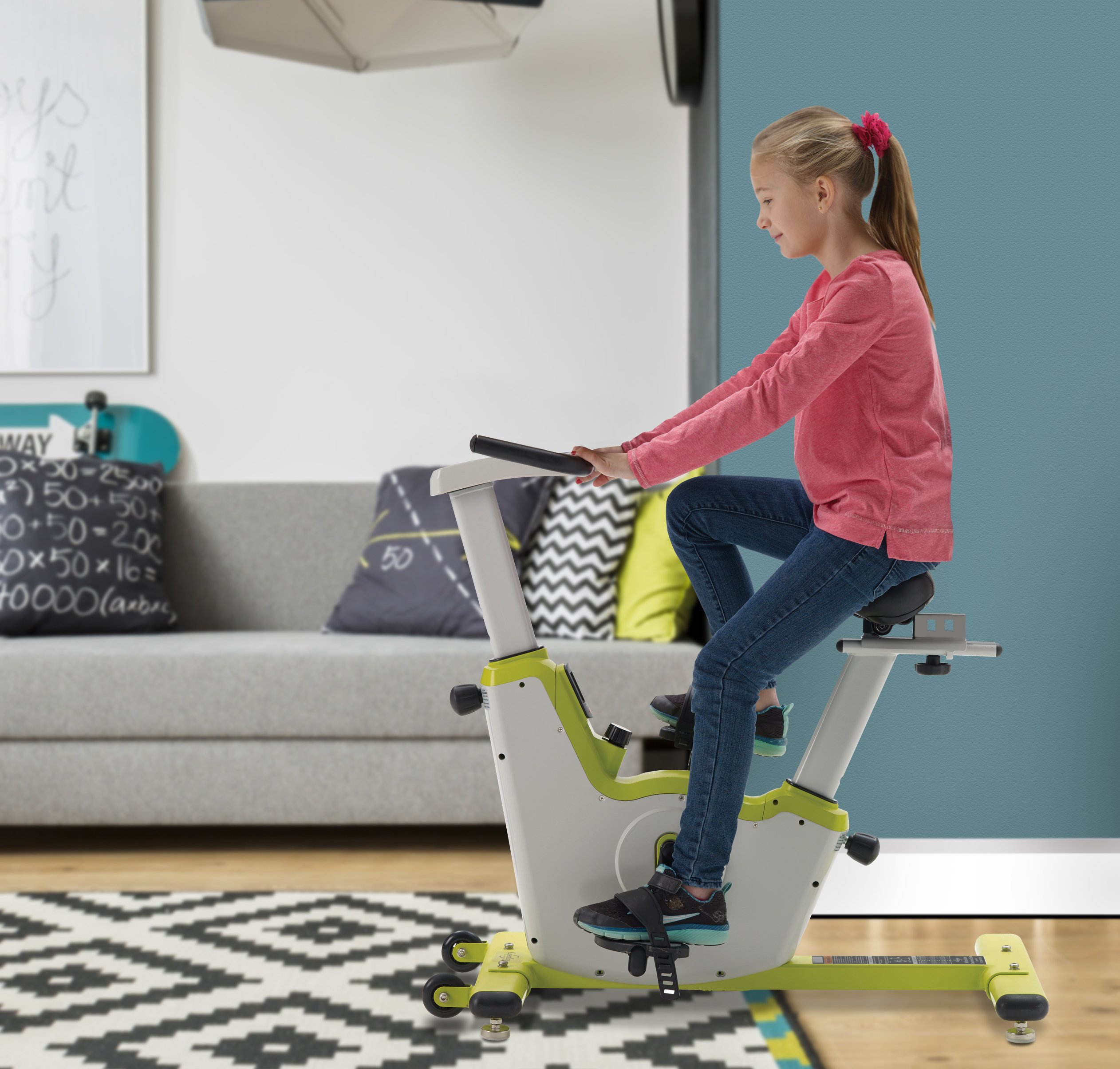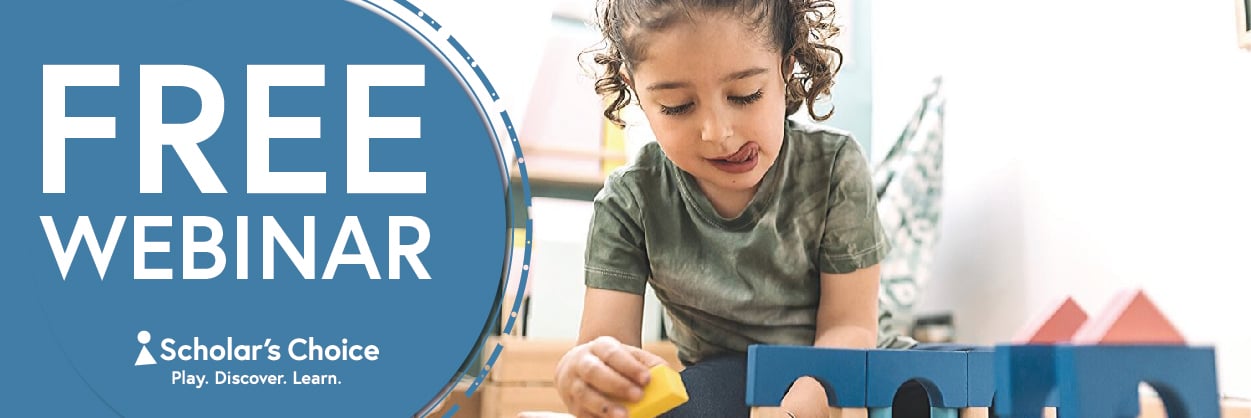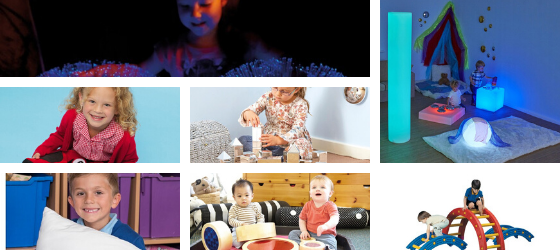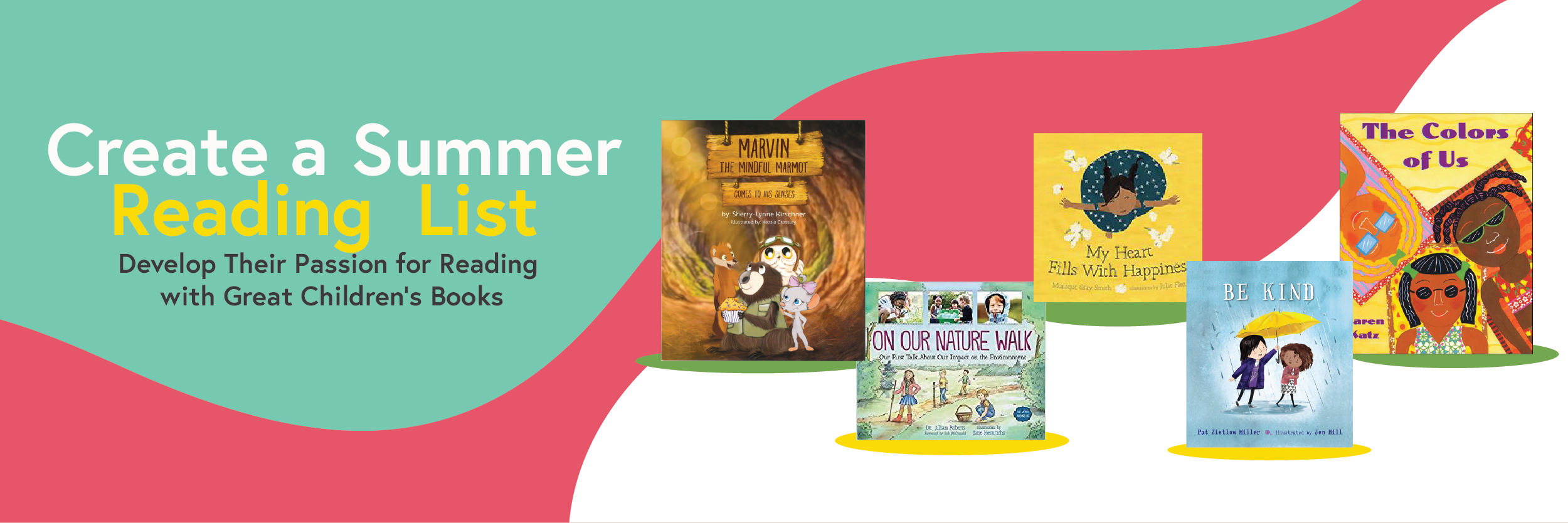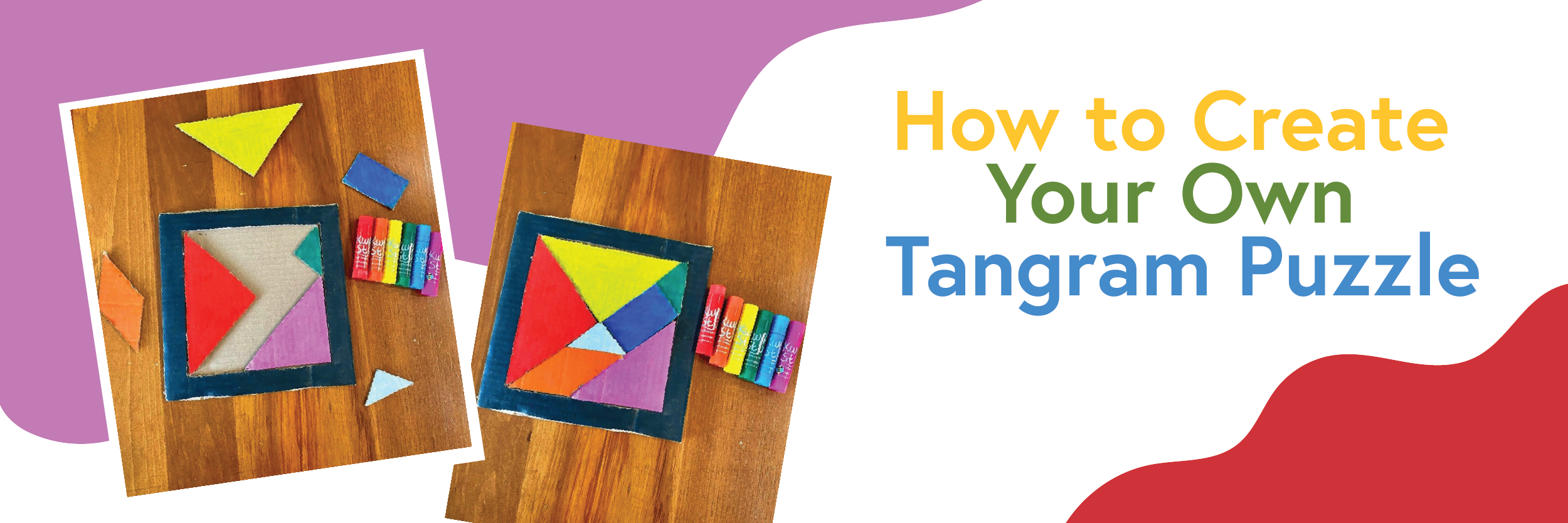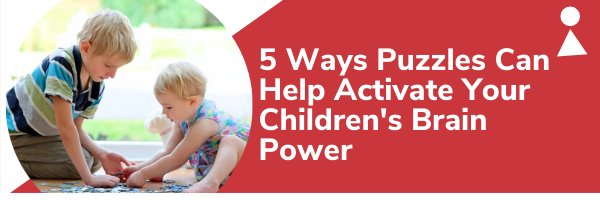How To Keep Children Entertained, Healthy, and Learning at Home!
As many schools and childcare centres are closed due to the current climate, we as parents are often left with the daunting thought of “what am I going to do with my children”. For many of us, the balance of keeping our children entertained, healthy, and educated, and, physically and mentally stimulated, all while working from home is a huge challenge. We have provided ideas and solutions for you to keep your help your children continue learning, having fun and also keep them busy.
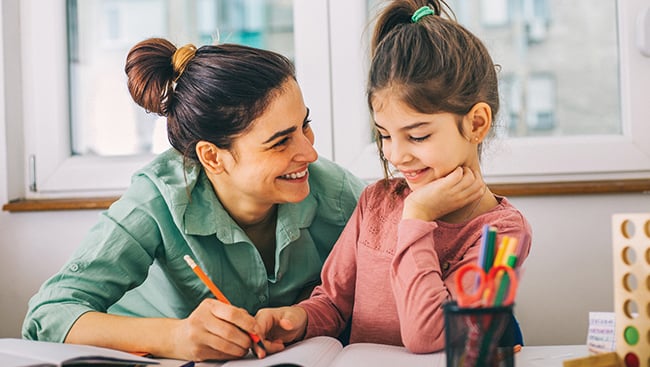
Firstly, keep a routine, this applies to adults and children. Changing your routine can be stressful and cause disruption. Talk to your children about why they are staying home and what they will be doing while they are at home. Create daily and weekly schedules that children can follow and let them be involved in making it. In these schedules, include schoolwork, free play time, time to interact with others (via video calling their friends or with socializing with their family in the household) and time to relax.
Ideas to put in your schedule:
- Pick a time to wake up and have breakfast
- Decide household times everyone can do their work
- List break times, eating, relaxing and exercise times
- Decide on a daily dinner time for everyone. Socialize and discuss your day
- Have family time after dinner in the evening, play games, complete puzzles
- Stick to a bedtime routine
How to keep my child Learning
Firstly, understand your child’s curriculum. Research what they should be learning, learn how they learn best and know the resources you should have at home. Scholar’s Choice works extensively with educators and therefore, offers a large variety of learning resources and curriculum books tailored for students and teachers in your child’s grade which you can discover here.
Understanding how your child learns is key. Not all children are reading/writing learners and work well directly from books. There are other types of learners. Visual learners prefer to visualize information and draw a relationship between ideas, with these types of learners, use graphics, flash cards, graphs and allow them to draw on information visually. Next, auditory learners, these types of learners like to hear information rather than read or see it. Auditory learners may like to repeat what you say or ask you to repeat what they say, think out loud. Recording information or listening to audiobooks may be the best way to work for this type of learner. Finally, kinesthetic learners or hands-on experimental learners who learn best through doing. Keeping active through movement, writing things down or acting out what they are doing will help these learners discover best. Tools such as the classroom cruiser, modeling clay or even an abacus will help these types of learners work best.
Nobody strictly falls under one of these groups and it is important to discover which of these or combination of these groups works best for your child. Try different types of learning and discover how you and your child learns best together.
Bringing fun into learning.
When children have fun as they learn they retain more information, incorporating educational games into their learning schedule such as Math Squared, or memory matching can help provide a fun aspect to learning and improve math and literacy skills. Using cue cards for children of all ages in any subjects are also a great way to help improve learning and gives a fun element to learning.
Games & Puzzles during family time
Family time is an important part of everybody’s day. It gives everyone in the household an opportunity to discuss their day, what went well, what didn’t go so well, how they feel and what could have made everyone’s day better. Not only is it a time to discuss but also a time to bond. Playing family games such as Disney Villainous & codenames or collaborative games such as EXIT, or Gnomes at Night are great ways to get the whole family involved. Puzzles are also a great way to bring everyone together. Puzzles also teach skills such as teamwork to children. They encourage people to talk to one another, promoting communication. It encourages teaches sharing and taking turns, promoting kindness and positive social interactions. Puzzles can even allow for the understanding of negative emotions, such as frustration and failure. It is important that children receive praise and positive reinforcement during puzzle play, as feelings of accomplishment are so important during a child’s development.
Creating arts and crafts enhances creativity, imagination, and self-esteem. For children it is important part of development. It allows children to express themselves in different imaginative ways. When we encourage and engage our children in arts & crafts it does not only keep them busy but also develops communication, creativity, self-esteem, fine-motor and critical thinking skills. Setting up specific art and crafts can also help develop socialization skills, math and language skills.
As adults, we don’t stop learning, and to help our children to continue learning we also need to do the same. It is important to make ourselves aware of what is currently happening, and adapt to the changes. Stay up to date on the latest changes in education and childcare by watching our webinars and staying aware of changes and new curriculum changes.
Every child is different will require a different approach to stay focused and to continue learning during these unprecedented times, but it is also important that we as parents look after our own well-being and stick to a routine to ensure that we are also staying healthy and being able to focus on both our work and our children.


